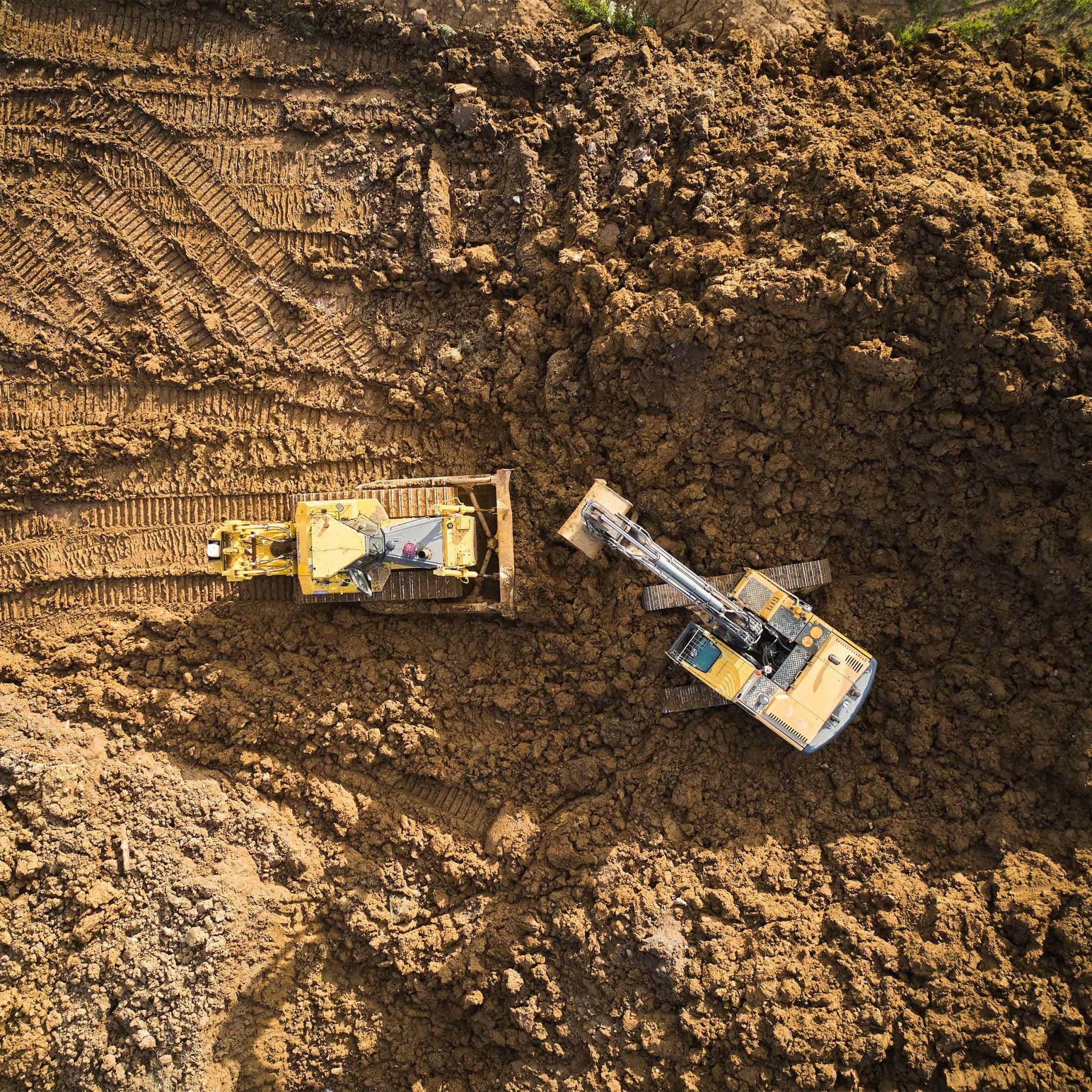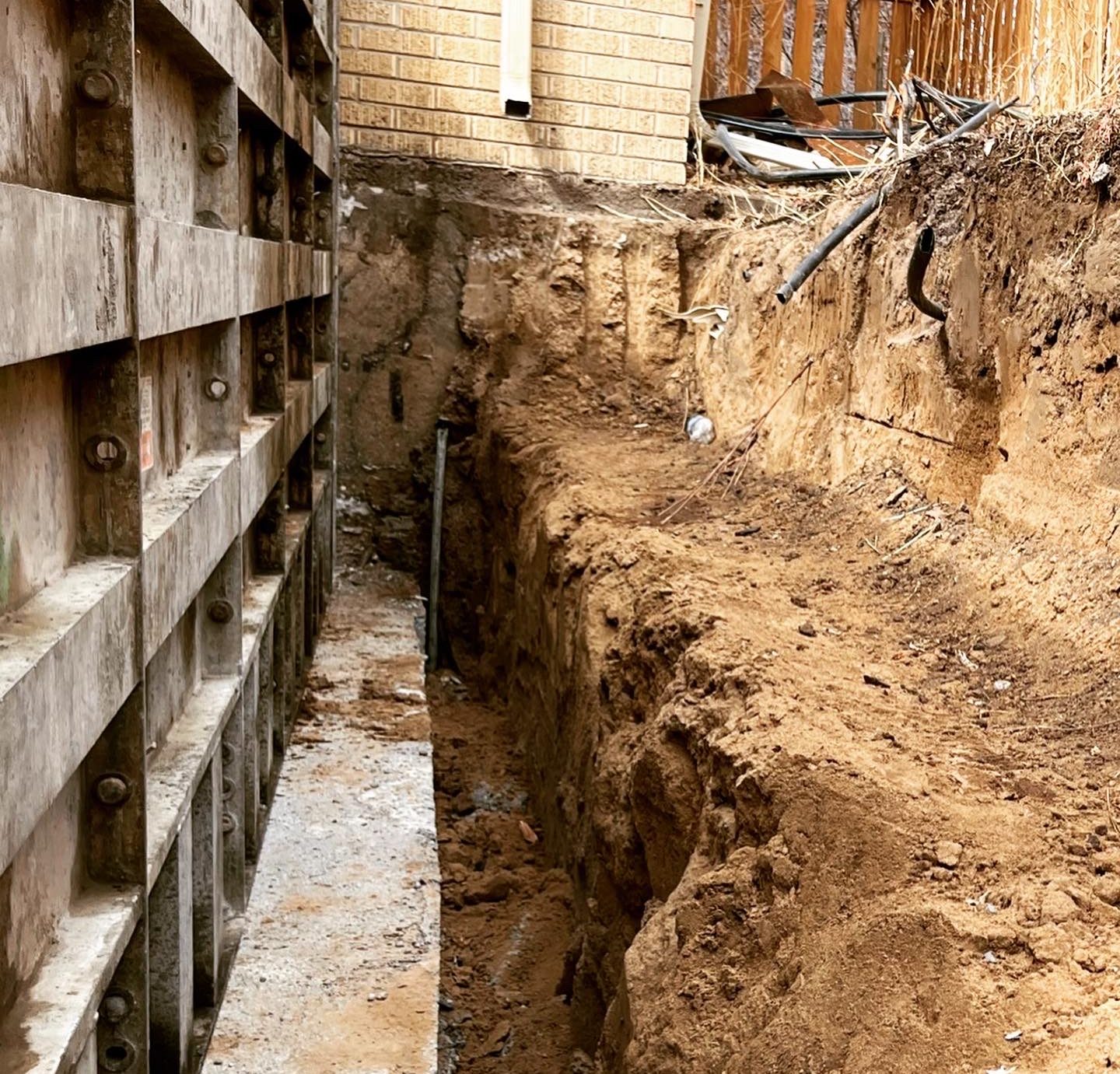The Impact of New Technologies on the Geotechnical Industry
Wiki Article
Understanding the Comprehensive Duty of Geotechnical Engineers in Ground Investigation and Soil Analysis for Construction Tasks
Geotechnical engineers are indispensable to the success of construction projects, giving essential insights with detailed ground investigations and soil analysis. Their knowledge in assessing soil actions and employing innovative screening methods educates essential choices that promote structural integrity and safety and security.Role of Geotechnical Designers
The crucial function of geotechnical designers in construction tasks can not be overemphasized, as they offer essential understandings right into soil habits and site problems. These professionals are charged with evaluating the viability of the ground for numerous sorts of structures, making certain security and stability throughout the building and construction process. Their proficiency incorporates a wide variety of activities, consisting of website characterization, soil tasting, and research laboratory screening, which are important for figuring out the mechanical and physical residential properties of the dirt.Geotechnical engineers utilize their findings to establish fundamental designs that suit load-bearing requirements and mitigate threats associated with soil liquefaction, slope, and negotiation security. They play a crucial role in recognizing prospective risks, such as groundwater changes and contamination, which can substantially affect task feasibility. They collaborate with engineers, civil designers, and professionals to make certain that geotechnical considerations are incorporated into the general layout and construction phases.
Ground Examination Techniques
Ground examination strategies form the foundation of geotechnical design, allowing designers to gain a comprehensive understanding of subsurface conditions. These techniques are necessary for evaluating soil residential or commercial properties, identifying groundwater levels, and recognizing possible geological dangers.Typical approaches include borehole drilling, which enables the extraction of soil examples at different midsts, providing essential data for analysis. Additionally, in situ screening strategies, such as Typical Infiltration Examinations (SPT) and Cone Infiltration Examinations (CPT), are used to review soil strength and thickness directly in the ground.
Geophysical methods additionally play a significant role in ground investigations. Strategies such as seismic studies and electrical resistivity tomography aid evaluate subsurface qualities without comprehensive excavation. geotechnical industry. These non-invasive methods are specifically useful in large or sensitive locations where interruption must be reduced
Additionally, exploratory trenches can be excavated to aesthetically inspect soil layers and recognize any kind of abnormalities. Each of these techniques adds unique insights, allowing geotechnical designers to create accurate website analyses and educate design decisions. In recap, a mix of these ground examination techniques is important for successful building projects, ensuring safety and security and architectural honesty.
Soil Evaluation Methods
Soil analysis methods are crucial for recognizing the physical and chemical residential or commercial properties of soil, which directly affect the layout and building of foundations and other frameworks. Different methods are used to assess soil qualities, guaranteeing that geotechnical designers obtain precise information for informed decision-making.One generally utilized approach is grain dimension evaluation, which determines the circulation of bit dimensions within a dirt example. This is vital for classifying dirt kinds and anticipating their actions under load. An additional important method is Atterberg limitations testing, which evaluates the plasticity and moisture web content of fine-grained soils, providing insights into their engineering properties.

Field examinations, such as Conventional Infiltration Tests (SPT) and Cone Penetration Tests (CPT), deal valuable in-situ data relating to soil toughness and stratification. Collectively, these dirt evaluation approaches develop the foundation of geotechnical examination, permitting designers to create effective and secure frameworks tailored to the specific conditions of the website.
Risk Mitigation Strategies
Executing reliable threat reduction techniques is important for geotechnical designers to address potential difficulties in building and construction projects. These approaches are crucial in determining, analyzing, and managing threats associated with dirt problems, website security, and groundwater fluctuations, which can negatively impact job end results.One key approach entails performing comprehensive site investigations that utilize advanced geophysical techniques and extensive soil sampling. By acquiring accurate data on subsurface problems, designers can make enlightened choices on style and building and construction techniques. Furthermore, utilizing predictive modeling tools enables the simulation of various scenarios, enabling designers to predict possible troubles and carry out precautionary procedures.
In addition, developing clear communication channels amongst task stakeholders cultivates a collective method to run the risk of administration. Regular updates and assessments ensure that all parties are mindful of the developing website problems and can adapt their strategies appropriately.

Effect On Building And Construction Tasks
The performance of threat reduction strategies directly influences the overall success of construction projects. Geotechnical engineers play a pivotal role in this domain, as their know-how in ground examination and dirt analysis informs critical choices throughout the building and construction procedure. By accurately assessing soil conditions and determining prospective risks, these experts enable project groups to create efficient remedies that reduce threats related to ground instability, water infiltration, and other geotechnical difficulties.The influence of comprehensive geotechnical evaluation appears in different aspects of building and construction jobs, including price administration, project timelines, and architectural honesty. Early identification of concerns enables timely treatments, lessening costly hold-ups and budget plan overruns. Additionally, a comprehensive understanding of website conditions boosts the style and engineering process, ensuring that frameworks are built to hold up against environmental stress and prospective all-natural catastrophes.
Eventually, the payments of geotechnical engineers are integral to the successful implementation of construction jobs. Their job not only cultivates safety and conformity with regulations however additionally improves the lasting sustainability of structures, guaranteeing that they execute effectively throughout their designated life-span. The collaboration between various other stakeholders and geotechnical teams is crucial for achieving ideal end results in building and construction undertakings.
Conclusion
In verdict, geotechnical engineers execute an important function in construction projects with extensive ground examinations and dirt evaluations. Their knowledge in examining dirt actions, using numerous examination strategies, and implementing risk mitigation techniques substantially adds to the architectural stability and security of developed atmospheres. By working together with multidisciplinary groups, these specialists boost task performance and make certain conformity with safety and security criteria, inevitably leading to successful construction outcomes and reduced potential hazards.Geotechnical designers are integral to the success of construction projects, offering necessary understandings via detailed ground examinations and soil analysis.The pivotal role of geotechnical designers in building and construction tasks can not be overemphasized, as they provide essential understandings geotechnical industry right into soil behavior and website problems. Their proficiency includes a large array of activities, including website characterization, dirt sampling, and lab testing, which are important for figuring out the physical and mechanical buildings of the dirt.
By properly examining soil conditions and determining potential threats, these specialists allow project teams to create efficient services that reduce dangers connected with ground instability, water seepage, and various other geotechnical difficulties.
In conclusion, geotechnical designers perform an essential function in building projects with extensive ground examinations and dirt evaluations.
Report this wiki page